
Sustainable Living: Emerging Trends for 2025
Sustainable Living is becoming increasingly important as we move into 2025. With the growing awareness of climate change, environmental degradation, and social responsibility, individuals, businesses, and governments are looking for ways to reduce their impact on the planet. In this article, we will explore the emerging trends in sustainable living for 2025, from eco-friendly products to green technologies, and provide tips on how to incorporate them into your daily life.
Section 1: Introduction to Sustainable Living

Sustainable living refers to the practice of reducing our use of natural resources, minimizing waste, and promoting environmentally-friendly practices. It involves making conscious choices in our daily lives to reduce our carbon footprint, conserve water and energy, and protect biodiversity. Sustainable living is not just about saving the planet, but also about improving our own health and well-being.
Benefits of Sustainable Living
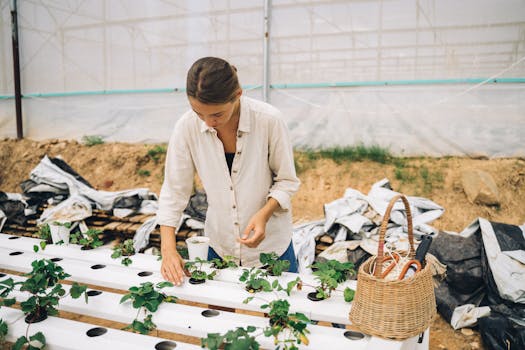
- Reduced carbon footprint
- Conservation of natural resources
- Improved air and water quality
- Enhanced biodiversity
- Improved health and well-being
Section 2: Emerging Trends in Sustainable Living

As we move into 2025, several emerging trends are expected to shape the sustainable living landscape. Some of these trends include:
Eco-Friendly Products
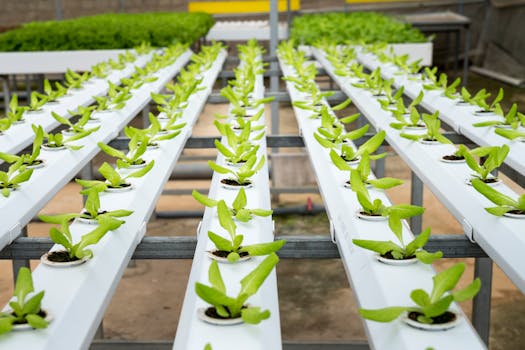
Eco-friendly products are becoming increasingly popular, with consumers looking for products that are made from sustainable materials, have minimal packaging, and are free from harmful chemicals. Some examples of eco-friendly products include reusable bags, beeswax wraps, and refillable water bottles.
Green Technologies
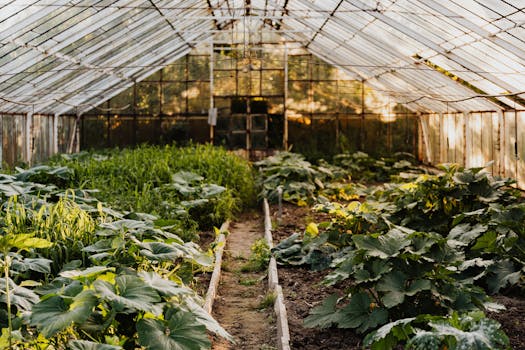
Green technologies are also on the rise, with innovations such as solar panels, wind turbines, and energy-efficient appliances becoming more affordable and accessible. These technologies can help reduce our reliance on fossil fuels, lower our energy consumption, and decrease our carbon footprint.
Sustainable Fashion

Sustainable fashion is another trend that is gaining momentum, with consumers looking for clothing and accessories that are made from sustainable materials, produced with minimal waste, and designed to last. Some examples of sustainable fashion include clothing rental services, second-hand shopping, and clothing made from recycled materials.
Section 3: Tips for Incorporating Sustainable Living into Your Daily Life
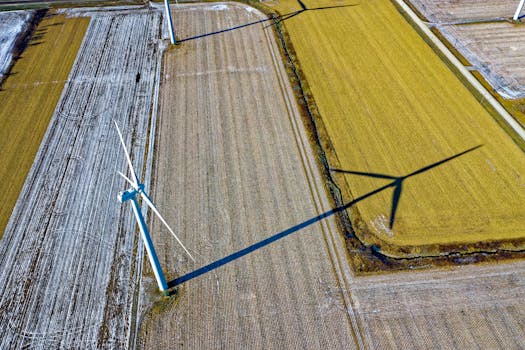
Incorporating sustainable living into your daily life can be easy and fun. Here are some tips to get you started:
Reduce Your Use of Single-Use Plastics

Single-use plastics are a major contributor to waste and pollution. Try to reduce your use of single-use plastics by carrying a reusable water bottle, using a refillable coffee cup, and avoiding products with excess packaging.
Use Public Transport or Walk/Bike
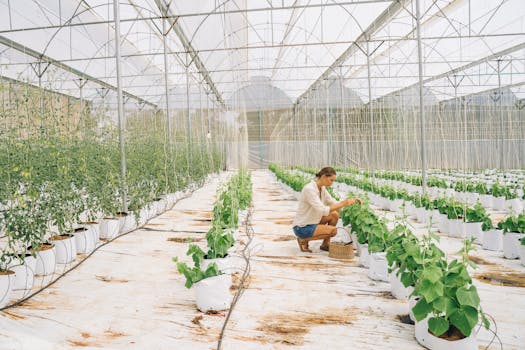
Using public transport, walking, or biking instead of driving can significantly reduce your carbon footprint. Try to use public transport or walk/bike for trips under 3 miles.
Buy Local and Seasonal

Buying local and seasonal produce can help reduce your carbon footprint, support local farmers, and promote biodiversity. Try to buy produce that is in season and locally sourced.
Section 4: Conclusion

Sustainable living is an important aspect of our lives, and incorporating it into our daily habits can have a significant impact on the planet. By following the emerging trends and tips outlined in this article, you can reduce your carbon footprint, conserve natural resources, and promote environmentally-friendly practices. Remember, every small action counts, and collective action can lead to significant positive change.
Section 5: Additional Resources

For more information on sustainable living, check out the following resources:
- National Geographic: Sustainable Living
- United Nations: Sustainable Development Goals
- Environmental Protection Agency: Sustainable Living






